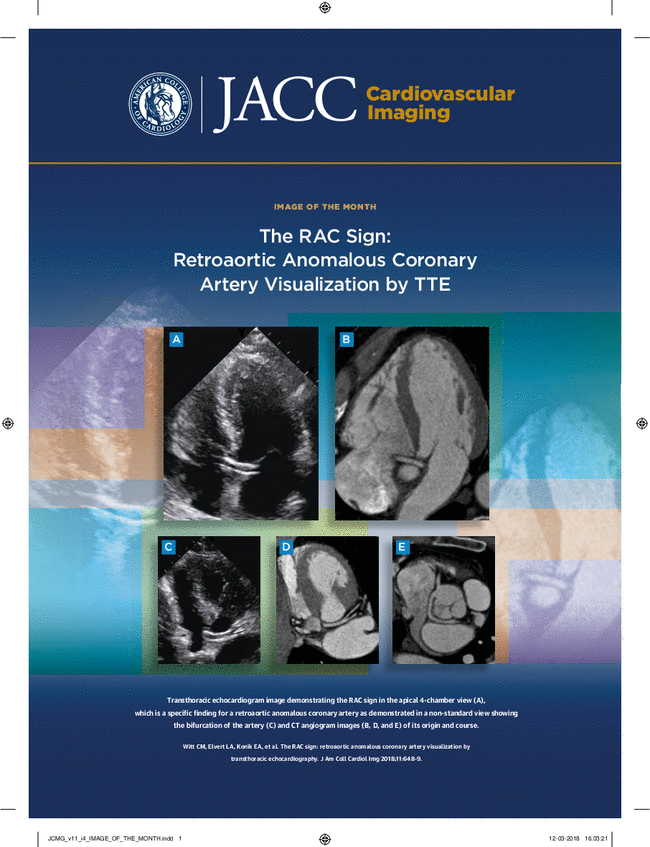来自CAC联盟的女性和男性长期心血管死亡率的种族和民族差异
IF 12.8
1区 医学
Q1 CARDIAC & CARDIOVASCULAR SYSTEMS
引用次数: 0
摘要
背景:尽管人口越来越多样化,但在进行动脉粥样硬化性心血管(ASCVD)风险评估的女性和男性中,关于种族和民族差异的知识有限。目的:本研究的目的是比较黑人和西班牙裔女性和男性与其他参与者的心血管(CV)死亡率与ASCVD风险和冠状动脉钙(CAC)评分。方法:来自CAC联盟的42964名自我报告种族和民族的参与者被随访了11.7年。多变量Cox比例风险回归模型用于估计CV死亡率,并按性别进行单独分析。结果:三分之一的入组者为女性;977人自称为黑人,1349人自称为西班牙裔,1621人自称为亚洲人,740人自称为美洲印第安人/阿拉斯加原住民/夏威夷人或未指明的人;其余的都是白色的。与其他参与者相比,黑人女性和男性有更高的ASCVD风险,CAC评分产生最高的CV死亡率。结论:在黑人女性和男性中,不成比例的高CV死亡率和过高CV死亡率代表了通过使用ASCVD风险和CAC评分进行有效风险评估来减轻ASCVD负担的重大障碍。本文章由计算机程序翻译,如有差异,请以英文原文为准。
Racial and Ethnic Differences in Long-Term Cardiovascular Mortality Among Women and Men From the CAC Consortium
Background
Despite an increasingly diverse population, knowledge regarding racial and ethnic disparities is limited among women and men undergoing atherosclerotic cardiovascular (ASCVD) risk assessment.
Objectives
The aim of this study was to compare cardiovascular (CV) mortality by ASCVD risk and coronary artery calcium (CAC) scores among Black and Hispanic women and men compared with other participants.
Methods
From the CAC Consortium, 42,964 participants with self-reported race and ethnicity were followed for a median of 11.7 years. Multivariable Cox proportional hazards regression models were used to estimate CV mortality, with separate analyses by sex.
Results
One-third of enrollees were women; 977 self-reported as Black, 1,349 as Hispanic, 1,621 as Asian, and 740 as American Indian/Native Alaskan/Hawaiian or unspecified; the remainder were White. Black women and men had higher ASCVD risk and CAC scores yielding the highest CV mortality compared with other participants. Among Black women and men with a 0 CAC or ASCVD risk score <5%, HRs were 6- to 9-fold higher than that of other women and men. In men with CAC scores ≥100, Black men (HR: 4.2; P < 0.001) had the highest CV mortality compared to all other men. A similar high-risk pattern was noted for Black women with CAC scores ≥100 (P < 0.001), even with adjustment for the ASCVD risk score. Overall, Hispanics had an intermediate CV mortality, less than that of Black participants. This was notable for Hispanic men with a CAC score of 0 (HR: 3.6; P = 0.006) and CAC ≥100 (HR: 2.3; P = 0.03).
Conclusions
The disproportionately high and excess CV mortality among Black women and men represents significant barriers to reducing the burden of ASCVD through effective risk assessment using ASCVD risk and CAC scores.
求助全文
通过发布文献求助,成功后即可免费获取论文全文。
去求助
来源期刊

JACC. Cardiovascular imaging
CARDIAC & CARDIOVASCULAR SYSTEMS-RADIOLOGY, NUCLEAR MEDICINE & MEDICAL IMAGING
CiteScore
24.90
自引率
5.70%
发文量
330
审稿时长
4-8 weeks
期刊介绍:
JACC: Cardiovascular Imaging, part of the prestigious Journal of the American College of Cardiology (JACC) family, offers readers a comprehensive perspective on all aspects of cardiovascular imaging. This specialist journal covers original clinical research on both non-invasive and invasive imaging techniques, including echocardiography, CT, CMR, nuclear, optical imaging, and cine-angiography.
JACC. Cardiovascular imaging highlights advances in basic science and molecular imaging that are expected to significantly impact clinical practice in the next decade. This influence encompasses improvements in diagnostic performance, enhanced understanding of the pathogenetic basis of diseases, and advancements in therapy.
In addition to cutting-edge research,the content of JACC: Cardiovascular Imaging emphasizes practical aspects for the practicing cardiologist, including advocacy and practice management.The journal also features state-of-the-art reviews, ensuring a well-rounded and insightful resource for professionals in the field of cardiovascular imaging.
 求助内容:
求助内容: 应助结果提醒方式:
应助结果提醒方式:


